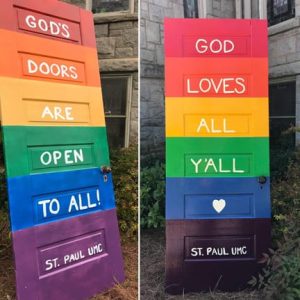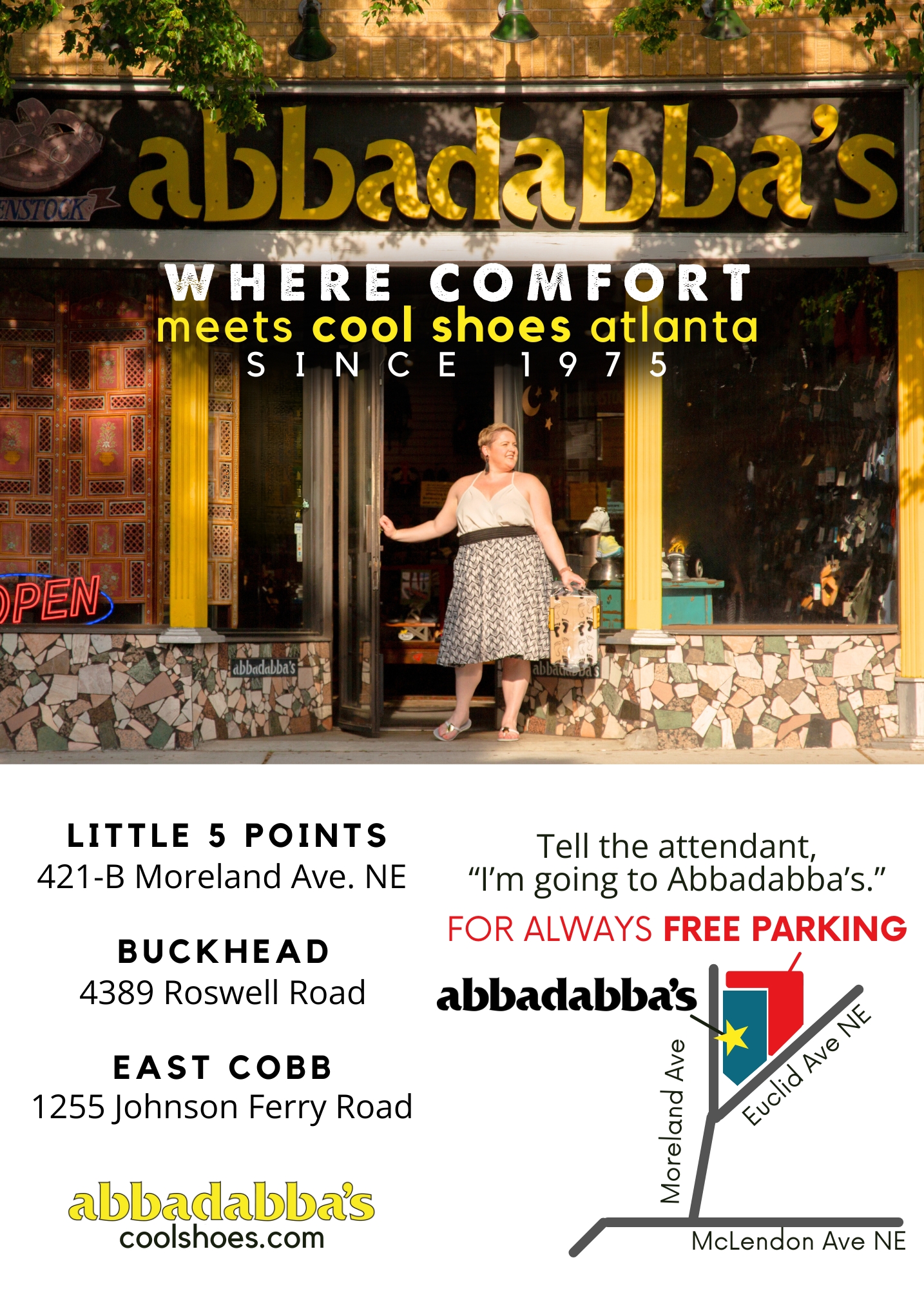By Rich McKay
Atlanta environmentalist Scott Petersen says that dangers lurk about 1.3 miles from East Atlanta Village on property that he says should be a park.
About a half dozen run-down buildings on the old Atlanta Prison Farm off the Moreland Avenue corridor, are attractive nuisances attracting so called “urban explorers” who are drawn to the graffiti strewn ruins. With open roofs, crumbling concrete and jagged rusted metal, the buildings would be condemned and the owners fined or prosecuted if they weren’t torn down and cleaned up.
But the 300-acre property is in a political no-man’s land. It’s owned by the city and sits in DeKalb County. “No one is on the hook to do anything about it,” said Petersen. He also believes that the old buildings are filled with mounds of asbestos, the once common fireproof insulation.
We now know that asbestos can ruin your health, cripple your lungs with scars and cancers; when you’re exposed, you don’t feel it. The fibrous metal breaks down to microscopic particles, smaller than dust, that hang invisible in the air and can be carried for miles on the wind or tracked into your home on the soles of your shoes.
Petersen wants the city to clean up the mess the prison left behind and says that the surrounding land is perfect for a mixed-use park. Space for bridle and bike paths, hiking and fishing and open green space for visitors to watch for white-tailed deer, barn swallows and jays. “The land is a gem waiting for the people of the metro area,” said Walt Ray, director of visioning for the non-profit advocacy group Park Pride, who says that Atlanta needs more park land. “I know that there are a lot of challenges, but you can’t overlook this green space. The city would have trouble putting together three acres, let alone 300. You can’t help but be thrilled at the potential here.”
The bonus is that the citizens already own it. The old prison was built off Moreland Avenue in 1920 by the state near the Federal penitentiary as a minimum security lock up where moonshiners, drunks and low risk offenders could serve out their terms growing corn, beans and hay and raising pigs and chickens. It was sold to the city in the late 1960s and finally closed in the early 1980s. About 300 acres of city-owned land remains of the once 1,200-acre experiment in rehabilitation. But none of the land is in the city which makes it a political orphan with no City Commissioner or voting constituents to rally for the cause.
Petersen, who knows these woods from countless treks, has rallied for parks and environmental causes for two decades. “The legacy of the prison could be a great gift to the city. It’s sad to see so much land just laying waste for illegal dumping, vagrants and criminal activities. The land is ours; it belongs to all of us. The city doesn’t have to go out and acquire new land, it’s just sitting there. There are problems, but nothing that can’t be resolved.”
The likelihood is strong that the old insulation strewn about the old buildings is asbestos but it hasn’t been tested yet. Atlanta area asbestos removal expert Jon Wilhite, vice president of Bruce Environmental, says there’s no safe level of asbestos. “Once it’s in your lungs, it stays there and scars you from the inside out.” It can be cleaned up by trained professionals. It would require a team with respirators and protective clothing to do the job. In extreme cases, about 3 inches of the surrounding topsoil would need to be removed and ongoing monitoring of the soil would follow to make sure all the asbestos had been eliminated.
These days, there are many who are chomping at the bit for new parks and green space within the city for multiple uses: community gardens, riding, biking and hiking trails, drum circles, you name it. “There’s no reason that this can’t be done but it will take a coalition of the people to make their voices heard by government,” Petersen said.






Comments are closed.